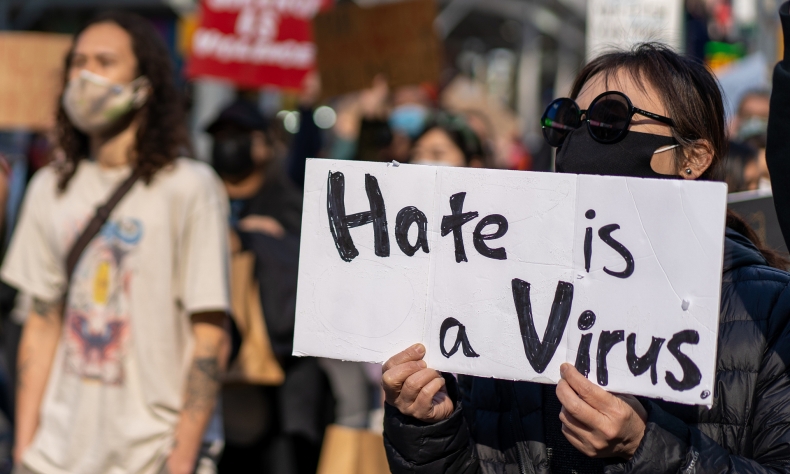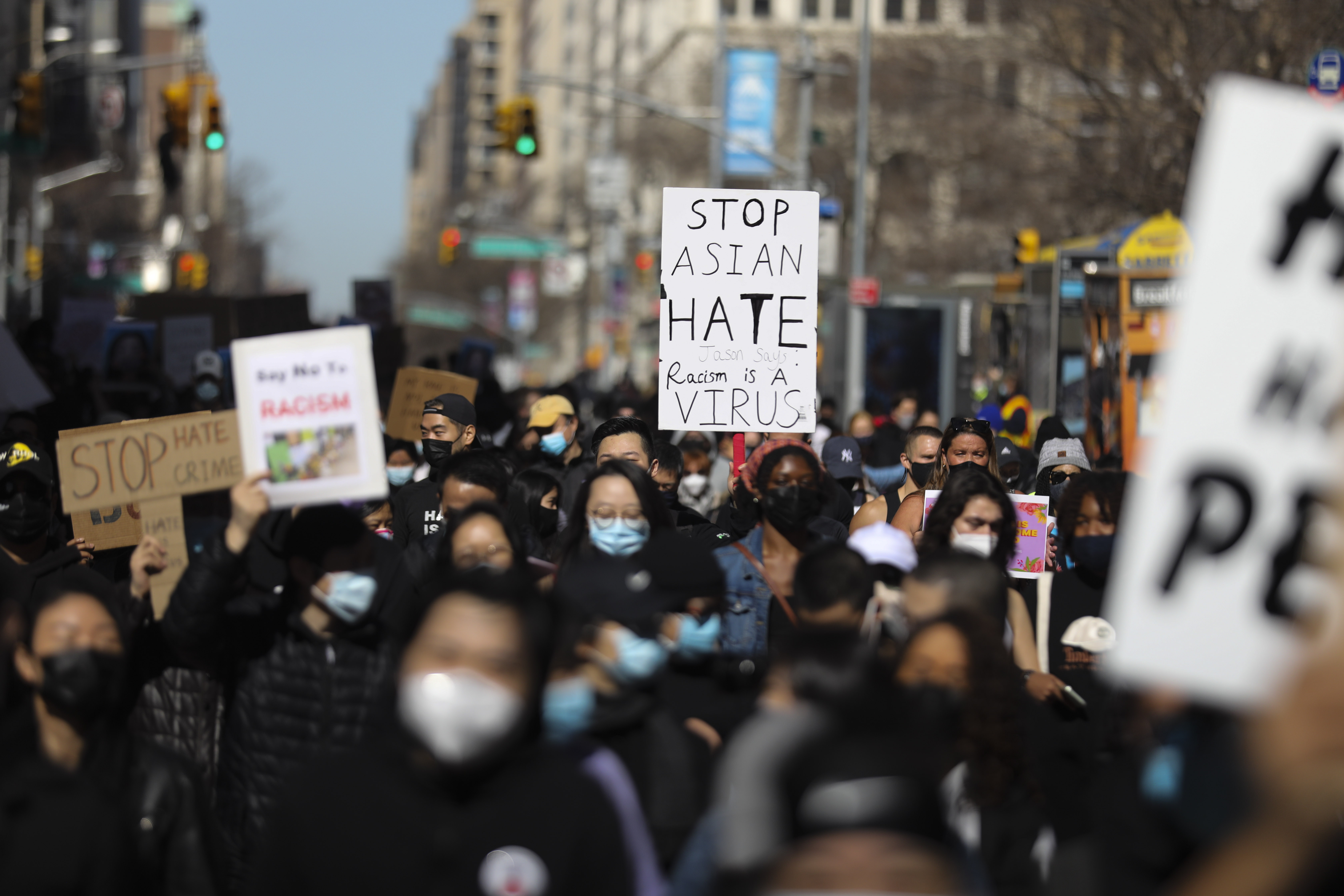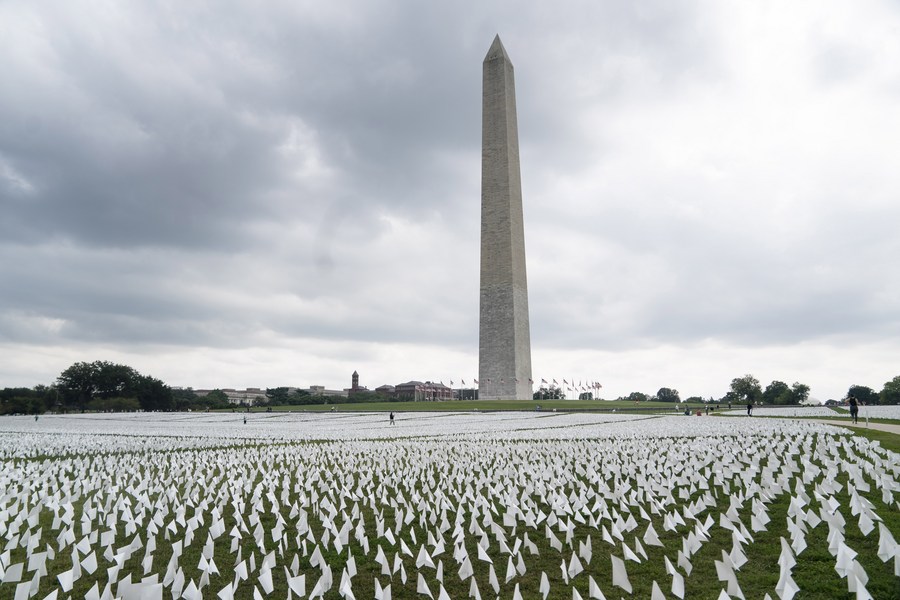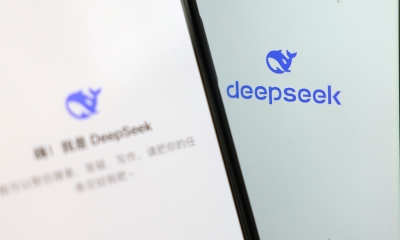Worst of COVID Is Over But Worst of Anti-China Feelings Are Not

The lingering animosity toward Asian Americans as a whole, and Chinese and Chinese Americans especially, remains evident in the U.S.
Three years ago – almost to the day – America truly began grappling with the COVID virus. Whether they were university faculty, bank tellers, attorneys or something else, Americans soon discovered working from home, and some of them found out that the job they were in (construction, as one example) would not allow them to remain employed. A dual fear of becoming sick and not having a job was evident in many parts of the country. Meanwhile, children, not to mention high school and college students, learned that their education could be conducted online; some of them liked it, others did not; and the various effects associated with “virtual” schooling are still under examination.
America’s anxiety was palpable throughout 2020, and the then U.S. president Donald Trump tapped into those fears in the most corrosive way: by ratcheting up his anti-China rhetoric. Instead of encouraging the country to practice social distancing and warning of the dangers of the virus, Trump spewed hate. Perhaps his most nasty statements came when he insisted COVID was the “China virus” or the “Wuhan virus.”
To the surprise of no one, his words spurred aggressive actions by his supporters who had adopted his opinions. The number of anti-Asian and anti-Chinese acts in the U.S. skyrocketed. The Federal Bureau of Investigation’s 2020 report on hate crimes found that 279 distinct anti-Asian events took place that year; that figure had been 158 the year before. One year later, in 2021, another 305 separate incidents were uncovered. (The data for 2022 are not yet available.)
Keep in mind that these figures align with the government’s definition of a hate crime: “At the federal level, a crime motivated by bias against race, color, religion, national origin, sexual orientation, gender, gender identity, or disability.” Therefore, if the 279 and 305 figures make you think that there had to be more such acts, you are certainly right. We know that actions such as spitting at or coughing on an Asian person are not defined as hate when using the government’s metrics. And we also know that many Asians choose not to report hostile acts against them.

I mention all of this because it is important to note that while the worst of COVID is over, the lingering animosity toward Asian Americans as a whole, and Chinese and Chinese Americans especially, remains evident in the U.S. And one recent study concluded that such animus can also be found in Canada.
Researchers Jennifer Kim and Zhida Shang have shown the latest evidence as to how these hostile feelings manifest themselves in the professional world. They interviewed 35 Asian American and Asian Canadian professionals from a variety of industries, and they summarized their findings in a recent article for the Harvard Business Review. The men and women who spoke with Ms. Kim and Ms. Shang identified four consistent problems.
First, there have been chronic descriptions since 2020 of Asians as the “yellow peril”, which the authors defined as “explicit comments from colleagues, supervisors, and clients that portrayed Asians as dirty and diseased (e.g., ‘Asians brought the virus!’) and barbaric (‘Asians need to clean their food. It’s because they eat dog!’).”
Second, suggestions that “we” Americans or Canadians are different from “them” (the Asian community) are not going away. Ms. Kim and Ms. Shang stated that these suggestions “manifested as physical avoidance in the form of singling out an Asian colleague to sit farther away from everyone else during a meeting or mandating that an Asian employee quarantine or stay at home but not asking anyone else to do the same.”

Third, the majority White population continues collapsing all Asians, regardless of where they trace their ancestry, into one monolith. The authors stated this categorization had the effect of making the majority population think that any Asian “can speak on behalf of China,” even if that person has no Chinese blood.
Fourth, Asian Americans and Asian Canadians found there were steady denials from Whites that Asians faced any discrimination. According to the authors, “the racial reality faced by Asians and emerged in two ways: 1) colleagues denying or trivializing an Asian employee’s experience dealing with a racially charged incident, and 2) denial at the organizational level, which showed up as organizational silence on the targeting and violence experienced by their Asian community during the height of the pandemic.”
Organizations throughout the United States and Canada ally with the Asian community, and these groups speak out demonstratively whenever any anti-Asian event takes place. They must continue to do so because hate toward Asians is not ending and the fear felt by the Asian community also is not ending. Consider this one example: A recent survey from the Pew Research Center found that roughly 20 percent of Asian Americans “say they worry daily … or almost daily … that they might be threatened or attacked because of their race or ethnicity.”
Trump is out of office, but he allowed tamped down racism in the United States to flourish throughout his four years in the White House. At the same time, consistent anti-Asian policies pursued by Democrats and Republicans in Congress (and supported by current President Joe Biden) have provided a kind-of respectability to Americans who say they are anti-China. This is a dangerous political cocktail, and America’s claim to exceptionalism is undermined anytime a person of Asian descent is threatened or experiences any act of violence.
The article reflects the author’s opinions, and not necessarily the views of China Focus.
 Facebook
Facebook
 Twitter
Twitter
 Linkedin
Linkedin
 Google +
Google +







